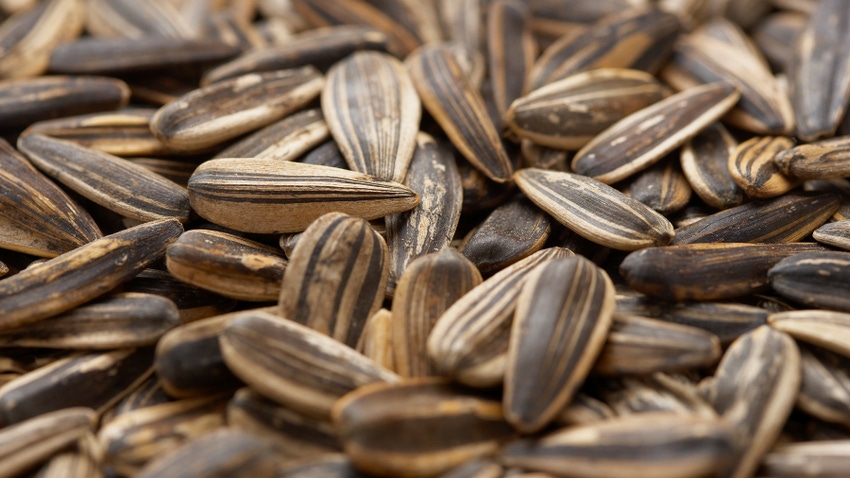
Global sunflower production in 2023-24 is forecast to increase 6% from the previous year to 54.3 million metric tons. The market continues to be driven by the war in Ukraine, with the European Union, Argentina and Russia projected to have production growth in response.
Ukraine’s sunflower production is forecast to recover slightly from 2022-23 as farmers shift planted area from grain in favor of oilseeds; however, the crop will remain significantly lower than pre-war levels.
Russia remains the world’s top producer of sunflowers this year, having overtaken Ukraine in 2022-23. Global sunflower seed consumption in 2023-24 is forecast to remain relatively flat at 49.8 million metric tons. Seed exports are forecast to decline by a third this year as Ukraine resumes crushing a larger portion of its crop domestically.
Global sunflower seed stocks at the end of 2023-24 are forecast to decrease 17% to 3.7 MMT, which is slightly below the five-year average. These figures can change dramatically over the course of the next few months depending upon weather conditions this summer and fall.
Oil production increases
Since 2011, sunflower oil production has expanded faster than any other oil, averaging almost 7% growth per year, making it the fourth-largest consumed oil. Global sunflower oil demand is forecast 4% higher this year to 19.7 MMT.
Strong demand for sunflower oil is projected to keep exports near last year’s level of 12.2 MMT. Import demand is mostly driven by the European Union, Iran, China, India and Turkey. U.S. sunflower oil exports to Canada and Mexico, the main U.S. export customers, are off to a great start and are expected to remain robust for the remainder of this marketing year, supporting seed prices at crush plants.
Total U.S. exports are forecast to reach 40,000 metric tons in 2022-23. With growing oil demand, global sunflower oil stocks are projected to fall 7% to a two-year low at 2.85 MMT.
2023 U.S. sunflower production is still undetermined and will not be known until this fall. Initial industry estimates pegged 2023 U.S. sunflower production at 2.3 billion pounds, which would represent a decrease of 18% from last year.
The lower production is based on a decrease in planted area from 1.69 million to 1.36 million acres and trend yields for oil-type and confection sunflowers. USDA reported March 1 seed stocks for all sunflower seed types at 950 million pounds, up 5% from last year.
Using this stock supply figure and current demand should lead to minimal ending stocks at the end of this marketing year. It also sets up a very positive price trend through the 2023-24 marketing year.
The anticipated smaller 2023 U.S. sunflower crop should keep old-crop prices firm, and price premiums likely will be in place to encourage growers to desiccate and harvest early. Bird food demand should also start to heat up this month.
Overall new-crop price direction will be driven by demand news and eventual 2023 crop production. To keep up with market news and prices, go to sunflowernsa.com. Follow the National Sunflower Association on Twitter @NatlSunflower.
Sandbakken is the executive director of the National Sunflower Association and writes from Mandan, N.D.
Read more about:
SunflowersAbout the Author(s)
You May Also Like






